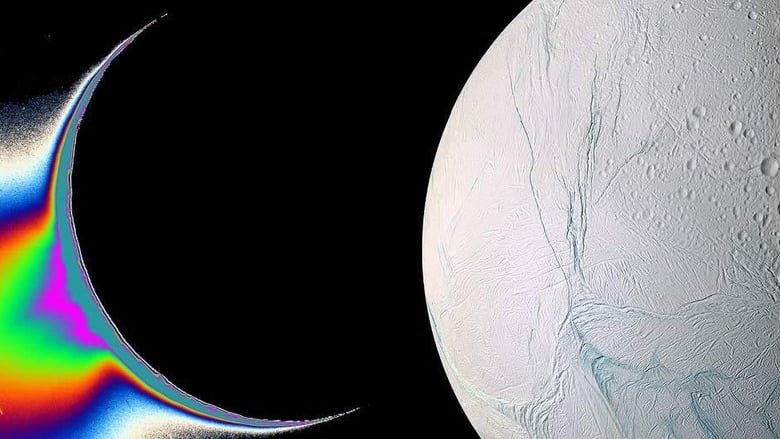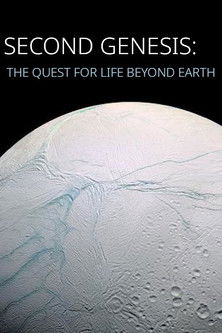Second Genesis: The Quest for Life Beyond Earth
Genres
Documentary
OverView
Planetary scientist Carolyn Porco explains what it takes to look for life beyond Earth, and what conditions are required for life to exist. Porco argues that Saturn’s moon Enceladus—with its plumes of water vapor spewing into space, confirmed organic materials, and evidence of hydrothermal vents at the bottom of its liquid ocean—is the most promising place to look. Could Enceladus be the key to proving once and for all that life is not unique to Earth? What would it mean—both scientifically and spiritually—if we found evidence of a true second genesis right here in our own galactic back yard?
Others
Budget
$--
Revenue
$--
Status
Released
Original Language
English
Runtime
19 mins
Rating
6/10
Release Date
23 August 2017
Country
United States of America



